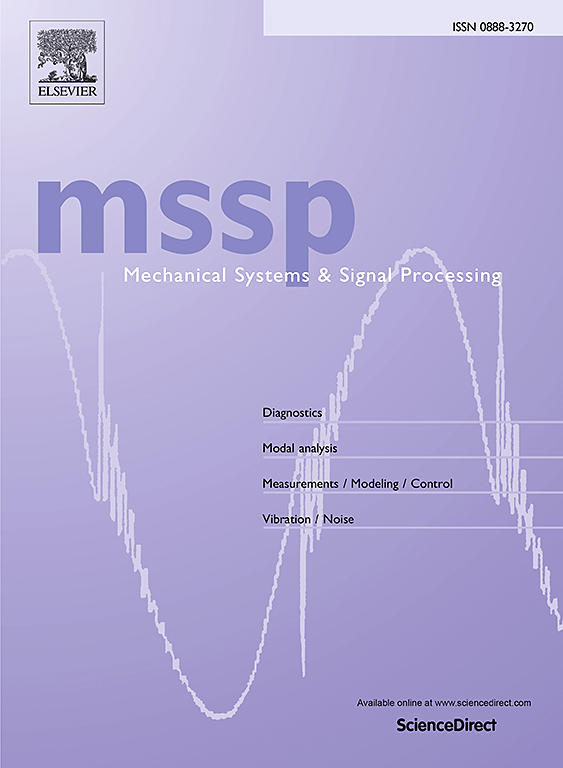变强度随机振动下主动水平座椅悬架的能量收集效果
IF 8.9
1区 工程技术
Q1 ENGINEERING, MECHANICAL
引用次数: 0
摘要
本研究探讨了受不同强度随机振动影响的主动水平座椅悬架系统的能量收集潜力。通过将传统上用于振动控制的永磁同步电机(PMSM)集成到悬架系统中,该研究展示了制动过程中产生的机械能如何通过电磁感应转化为电能。该系统采用场定向控制(FOC)策略和可编程伺服驱动器,以实现有效的转矩控制和能量回收。通过实验和仿真分析,对振动载荷下的制动扭矩、能量转换效率和系统集成等关键参数进行了评估。结果表明,主动和再生悬架系统在振动传递性和乘坐舒适性方面优于被动悬架系统。此外,再生悬架在不影响稳定性的情况下提供了能量收集的额外优势。确定了与输入振幅和力饱和度相关的限制,突出了未来应用的设计考虑。这种双功能系统代表了车辆和机械应用在振动控制和能源效率方面的一个进步。本文章由计算机程序翻译,如有差异,请以英文原文为准。
Energy harvesting effectiveness of an active horizontal seat suspension under random vibration of varying intensity
This study explores the energy harvesting potential of an active horizontal seat suspension system subjected to random vibrations of varying intensity. By integrating a Permanent Magnet Synchronous Motor (PMSM), traditionally used for vibration control, into the suspension system, the research demonstrates how mechanical energy generated during braking can be converted into electrical energy through electromagnetic induction. The proposed system employs a Field-Oriented Control (FOC) strategy with programmable servo-drives to achieve efficient torque control and energy recovery. Experimental and simulation analyses were conducted to evaluate key parameters, including braking torque, energy conversion efficiency, and system integration under vibrational loading. Results indicate that active and regenerative suspension systems outperform passive counterparts in terms of vibration transmissibility and ride comfort. Furthermore, regenerative suspensions provide the added advantage of energy harvesting without compromising stability. Limitations related to input amplitude and force saturation were identified, highlighting design considerations for future applications. This dual-functionality system represents a step forward in vibration control and energy efficiency for vehicle and machinery applications.
求助全文
通过发布文献求助,成功后即可免费获取论文全文。
去求助
来源期刊

Mechanical Systems and Signal Processing
工程技术-工程:机械
CiteScore
14.80
自引率
13.10%
发文量
1183
审稿时长
5.4 months
期刊介绍:
Journal Name: Mechanical Systems and Signal Processing (MSSP)
Interdisciplinary Focus:
Mechanical, Aerospace, and Civil Engineering
Purpose:Reporting scientific advancements of the highest quality
Arising from new techniques in sensing, instrumentation, signal processing, modelling, and control of dynamic systems
 求助内容:
求助内容: 应助结果提醒方式:
应助结果提醒方式:


